The 4Cs are for everyone.
The 4Cs are the industry standard for evaluating diamond quality. They are also the best way to understand your diamond, and to ensure accuracy in the evaluation of your diamond’s unique characteristics. While choosing a diamond is a very personal decision, evaluating a diamond should always be a matter of precision. At GIA, we are incredibly proud that our 4Cs of diamond quality continue to educate the diamond industry and most importantly, protect diamond consumers everywhere.
Diamond Color
Often when we talk about diamond color, we are actually talking about the absence of color. As subtle as color distinction may be, color variations from the most obvious to subdued can drastically alter diamond quality and price. Luckily, diamond color isn’t a matter of opinion. Proper color evaluation is a matter of expertise.
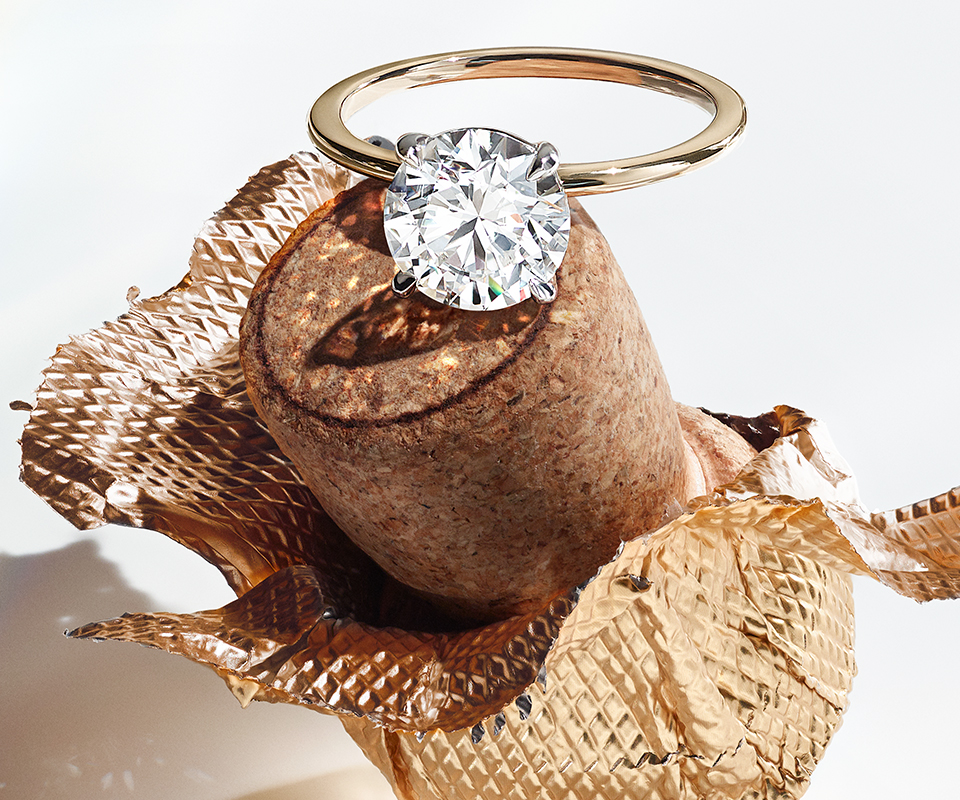
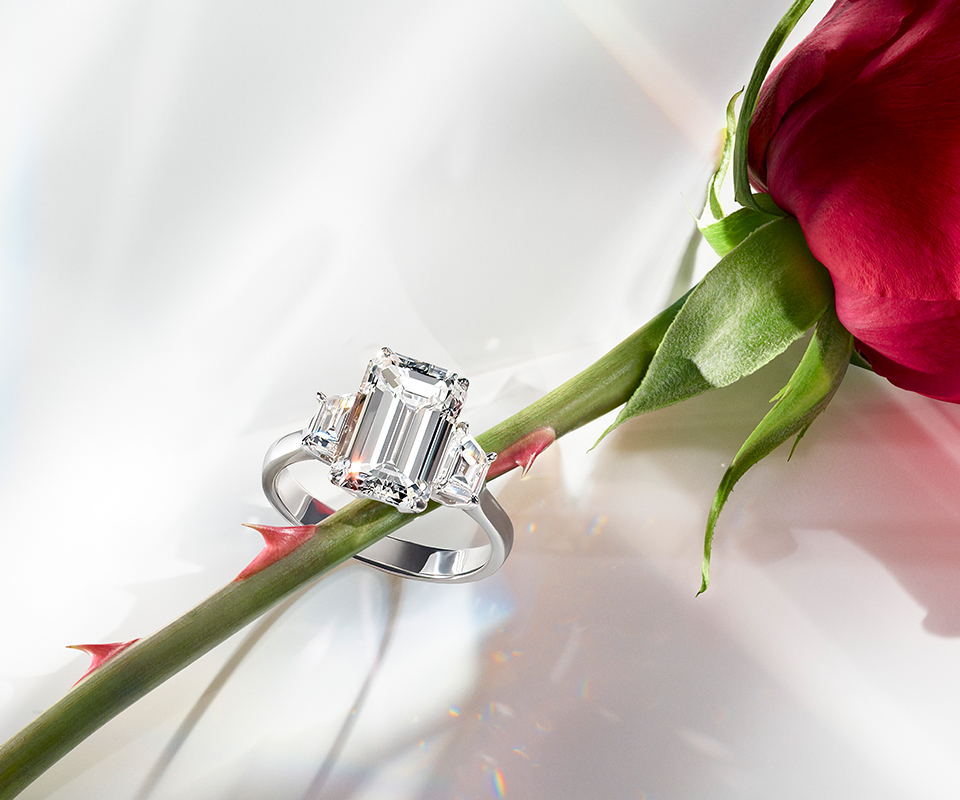
Diamond Clarity
Every diamond is unique. Clarity characteristics are created when small crystals are trapped in the diamond. As they grow, pressure and stress can cause inclusions and blemishes—sometimes only visible under a microscope. The clarity of a diamond is based on the size, position, visibility and number of these inclusions or blemishes.
Diamond Cut
One of a diamond’s most recognizable characteristics, diamond cut, refers to how a diamond interacts with light. When you hear words like Brightness, Scintillation and Fire, they describe how masterfully a diamond is cut. Cut also describes the overall design of a diamond, including the arrangement and proportions of the diamond’s facets. There are a nearly unlimited combination of proportions possible, and all of them impact the interaction with light.

Diamond Carat Weight
Carat weight describes the weight, not the size, of a diamond. The term carat weight comes from carob seeds and has been in use since the 1500s. Today, a carat is a standard milligram measurement of weight. A metric Carat is defined as 200 milligrams and used globally.
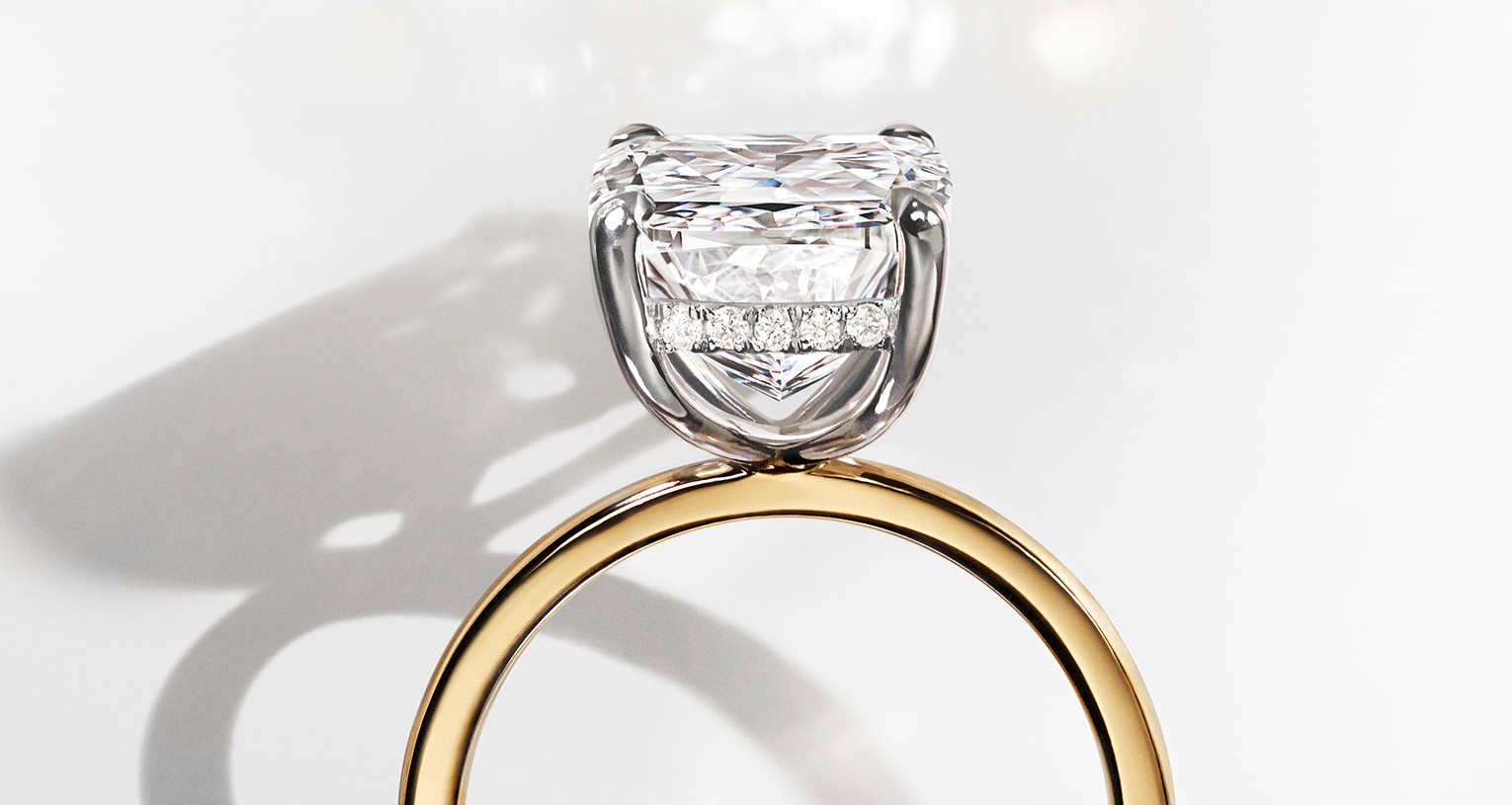
Popular Articles
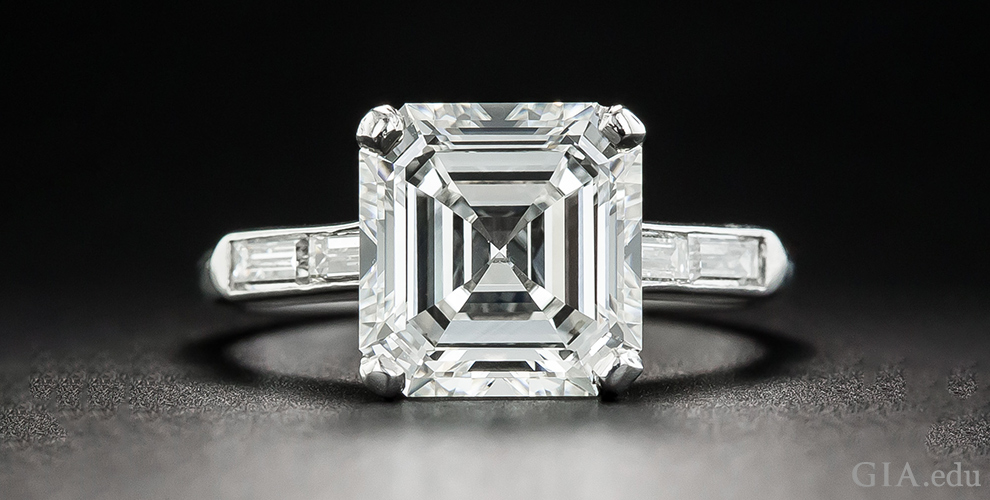
VVS Diamond versus VS Diamond: What’s the Difference in Diamond Clarity?
A VVS diamond (Very Very Slightly included) and a VS diamond (Very Slightly included) differ in clarity and, if all else is equal, they can differ significantly in price. Knowing
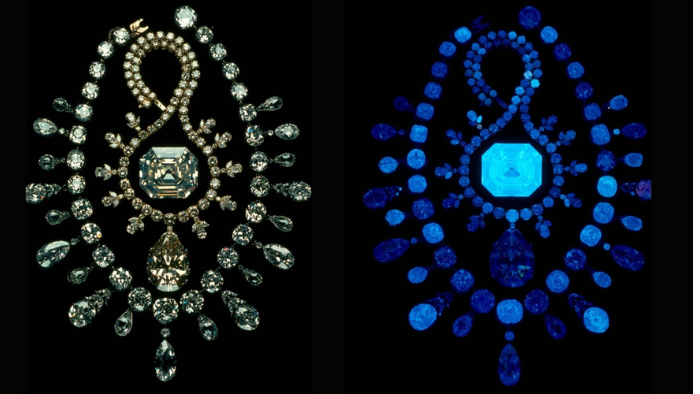
Is Diamond Fluorescence Good or Bad?
Diamond fluorescence is a fascinating phenomenon where diamonds glow when exposed to long-wave UV rays. It can sometimes increase or decrease the value of a diamond. It can also affect diamond appearance—or not. How should you take fluorescence into account when choosing the perfect diamond?
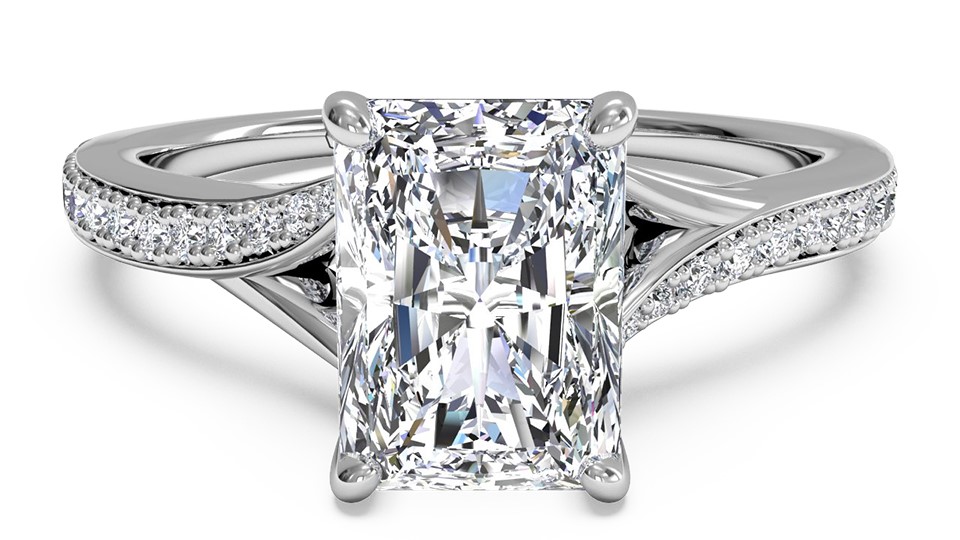
10 Tips for Buying a Diamond Engagement Ring
Looking for the perfect diamond engagement ring? You’ll need to know about the 4Cs of diamond quality, metal characteristics, setting styles and more.
Follow these 10 tips for buying an engagement ring to make a smart purchase:
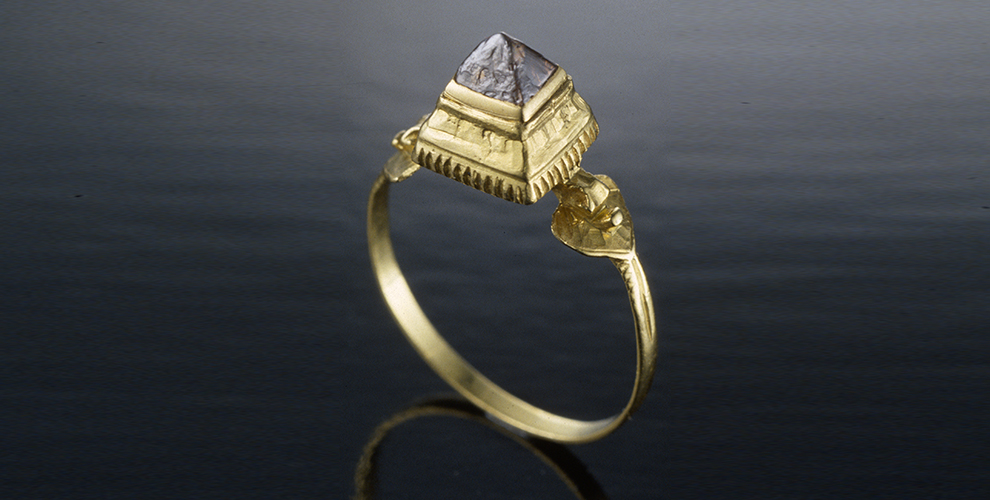
The Origin of Wedding Rings: Ancient Tradition or Marketing Invention?
The origin of wedding rings is a fascinating one. The tradition of exchanging rings dates back 3,000 years, while the first diamond wedding ring was recorded in the will of
Popular Articles

The Origin of Wedding Rings: Ancient Tradition or Marketing Invention?
The origin of wedding rings is a fascinating one. The tradition of exchanging rings dates back 3,000 years, while the first diamond wedding ring was recorded in the will of a widow who passed in 1417. Why are rings, especially diamond rings, the ultimate symbol of romance? (more…)

Diamond Color Chart: The Official GIA Color Scale
As you’re shopping for diamonds, a diamond color chart comes in handy if you’re trying to understand the subtle color differences of D-to-Z diamonds. A simple online search for “diamond color chart” delivers a host of different graphics showing the relationship between diamond color and the respective color grade. The one thing nearly all these diamond charts have in common is that they’re derived from one standard – the GIA Color Scale.
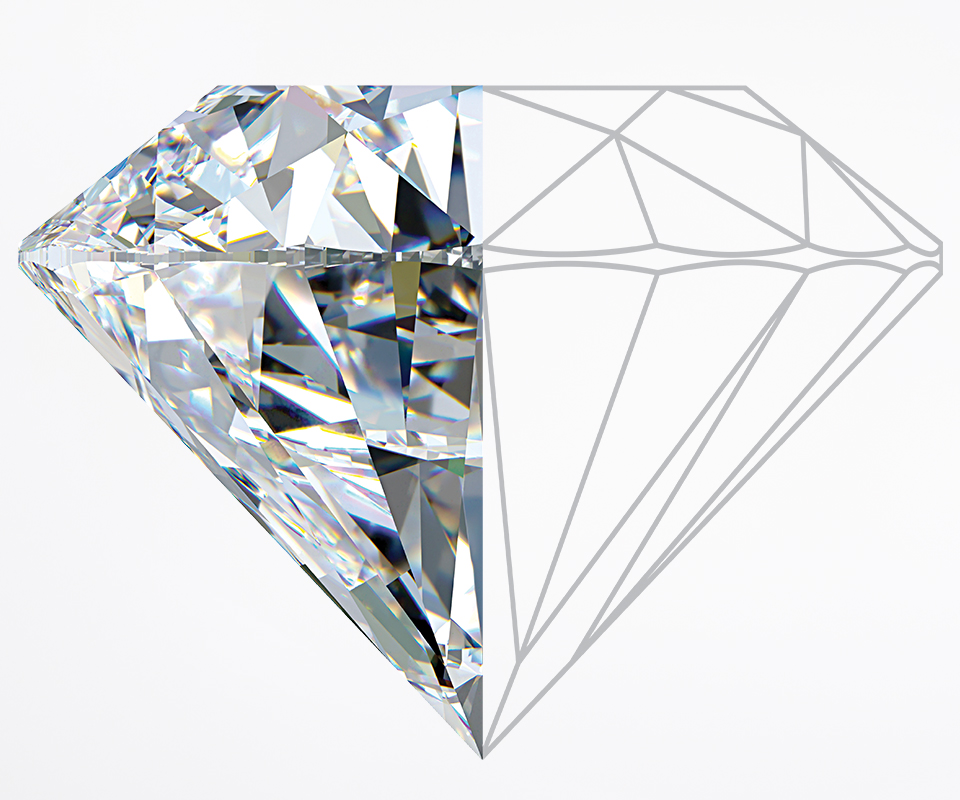
The original source for diamond grading.
For nearly 100 years, GIA has helped advance the global diamond industry through innovation and education. A GIA Diamond Grading Report is more than the standard in diamond evaluation—it is the internationally trusted source for diamond quality reporting by jewelers, museums and auction houses.
Latest Posts

Yellow Gold vs. Rose Gold: Discovering the Differences
Lorem ipsum odor amet, consectetuer adipiscing elit. Sapien sagittis dictum nunc mattis nibh ultrices. Vel fames habitant magna enim, tincidunt consectetur tristique fusce.

How Much Should an Engagement Ring Cost?
Getting engaged is a joyful and momentous milestone. Knowing how much engagement rings cost can help you balance between keeping within your budget and finding your ideal ring.
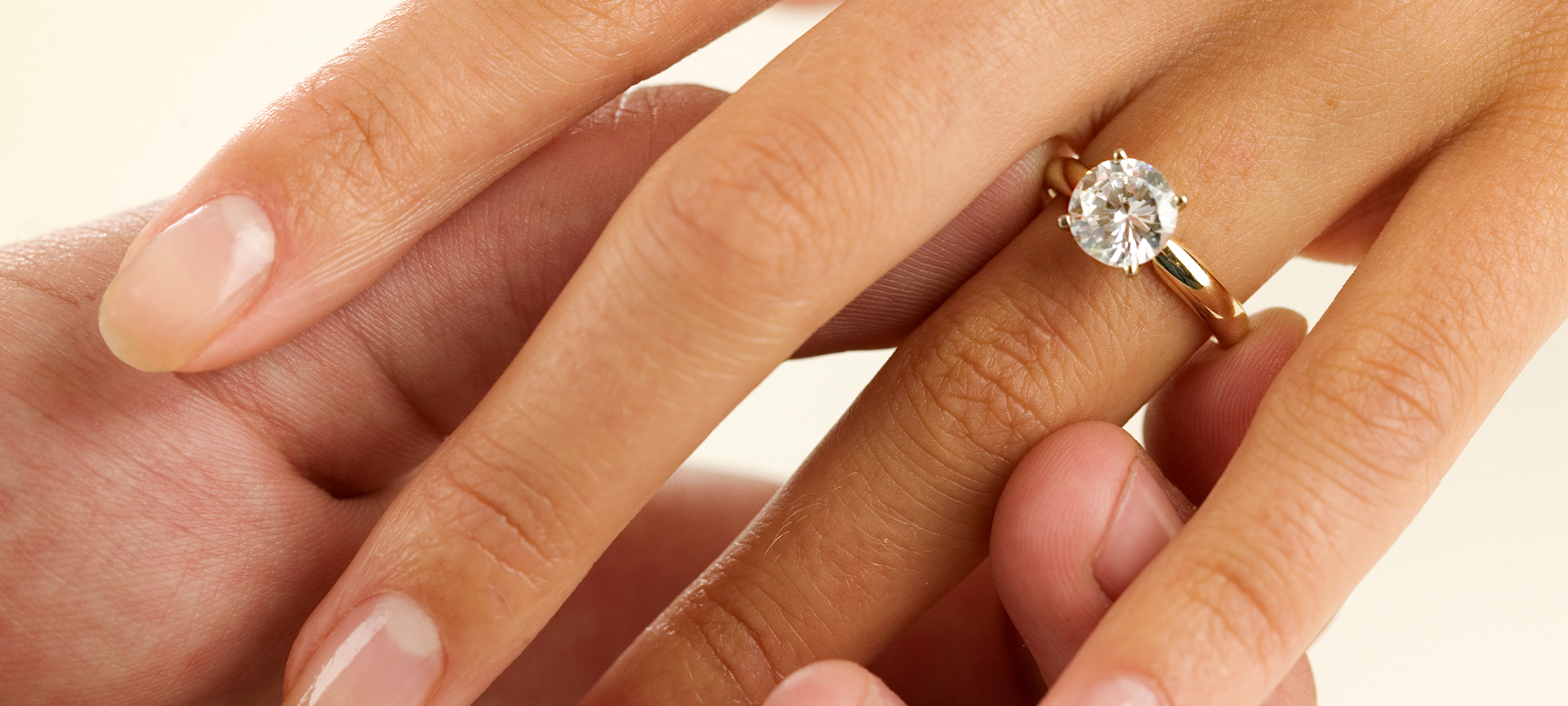
The Best Ring Material For Everyday Wear
When it comes to the best ring material for everyday wear, there is no one-size-fits-all approach. Learn how to choose the right metal type that fits your lifestyle and preferences.
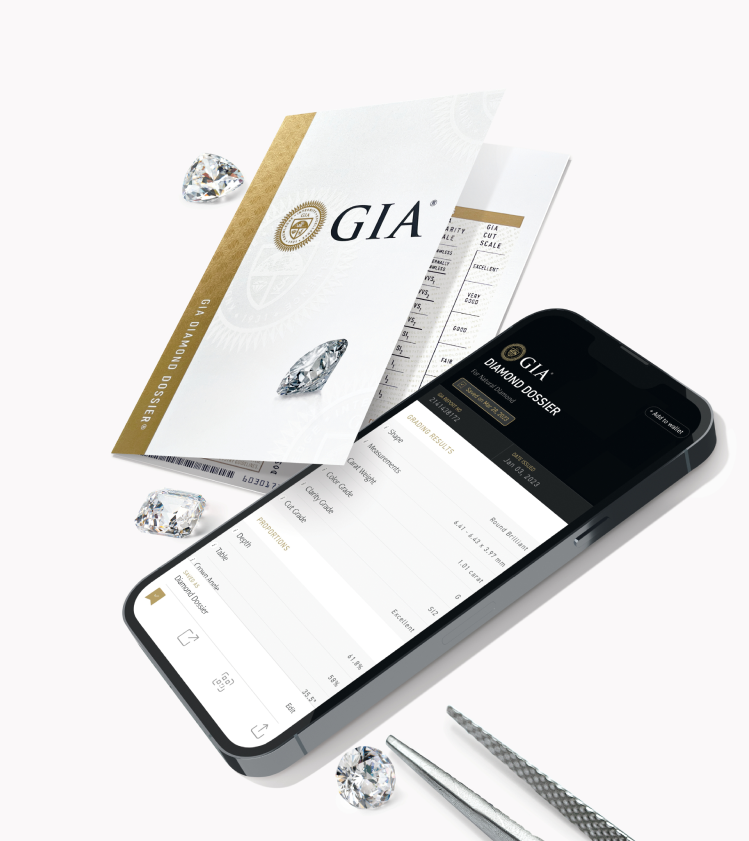
Expertise at your fingertips.
You don’t need to be a gemologist to purchase a diamond with confidence. You just need to know where to find one.
GIA is the trusted benchmark for diamond grading. Download the GIA App now to learn more about the 4Cs and look up GIA reports.
Expertise at your
fingertips.
You don’t need to be a gemologist to purchase a diamond with confidence. You just need to know where to find one.
GIA is the trusted benchmark for diamond grading. Download the GIA App now to learn more about the 4Cs and look up GIA reports.
GIA Report Check
Access your GIA Grading Report results using your GIA report number.